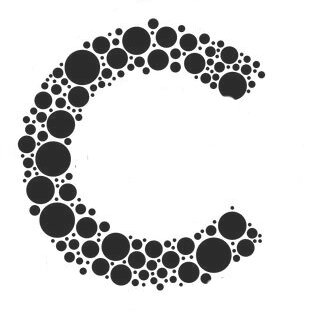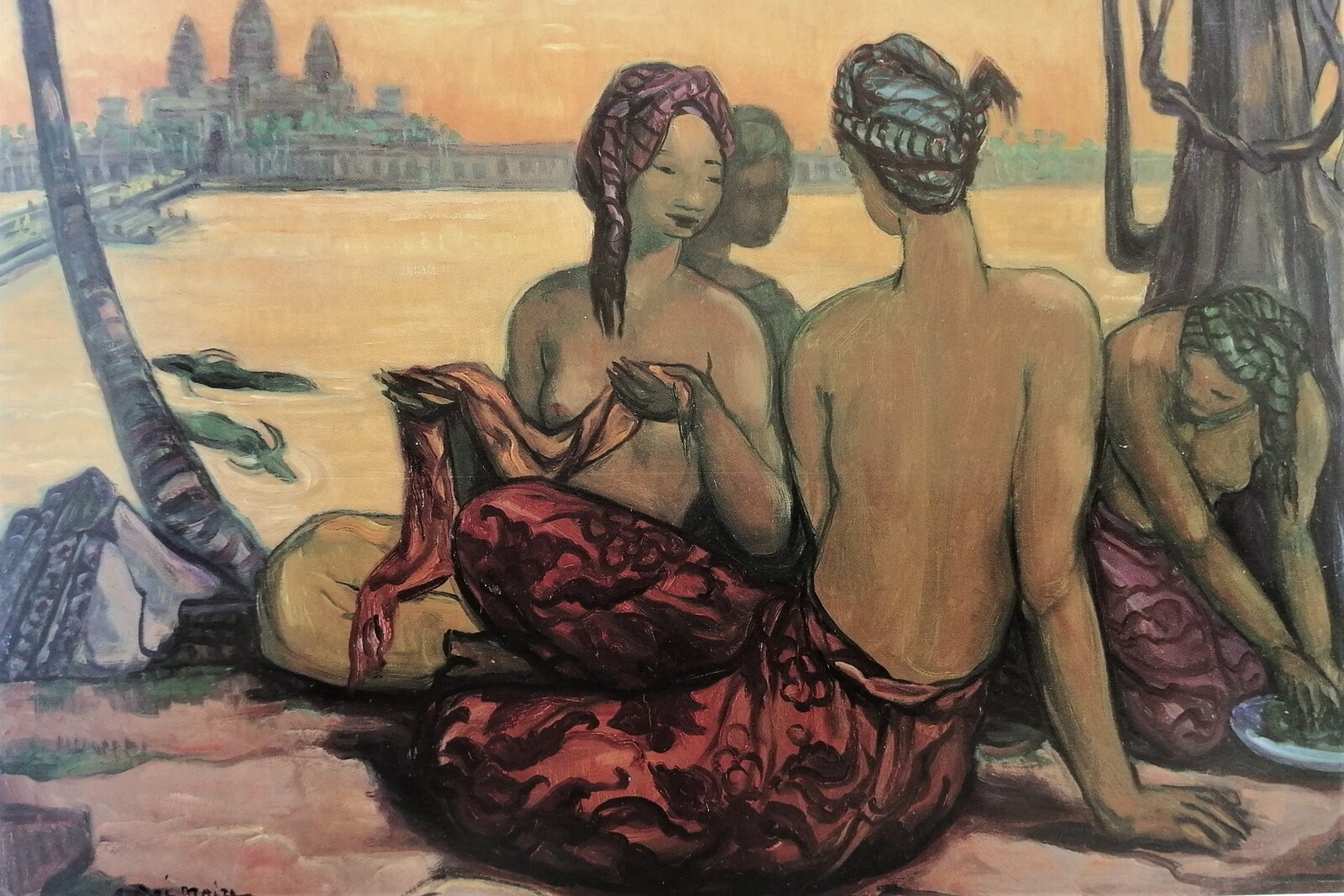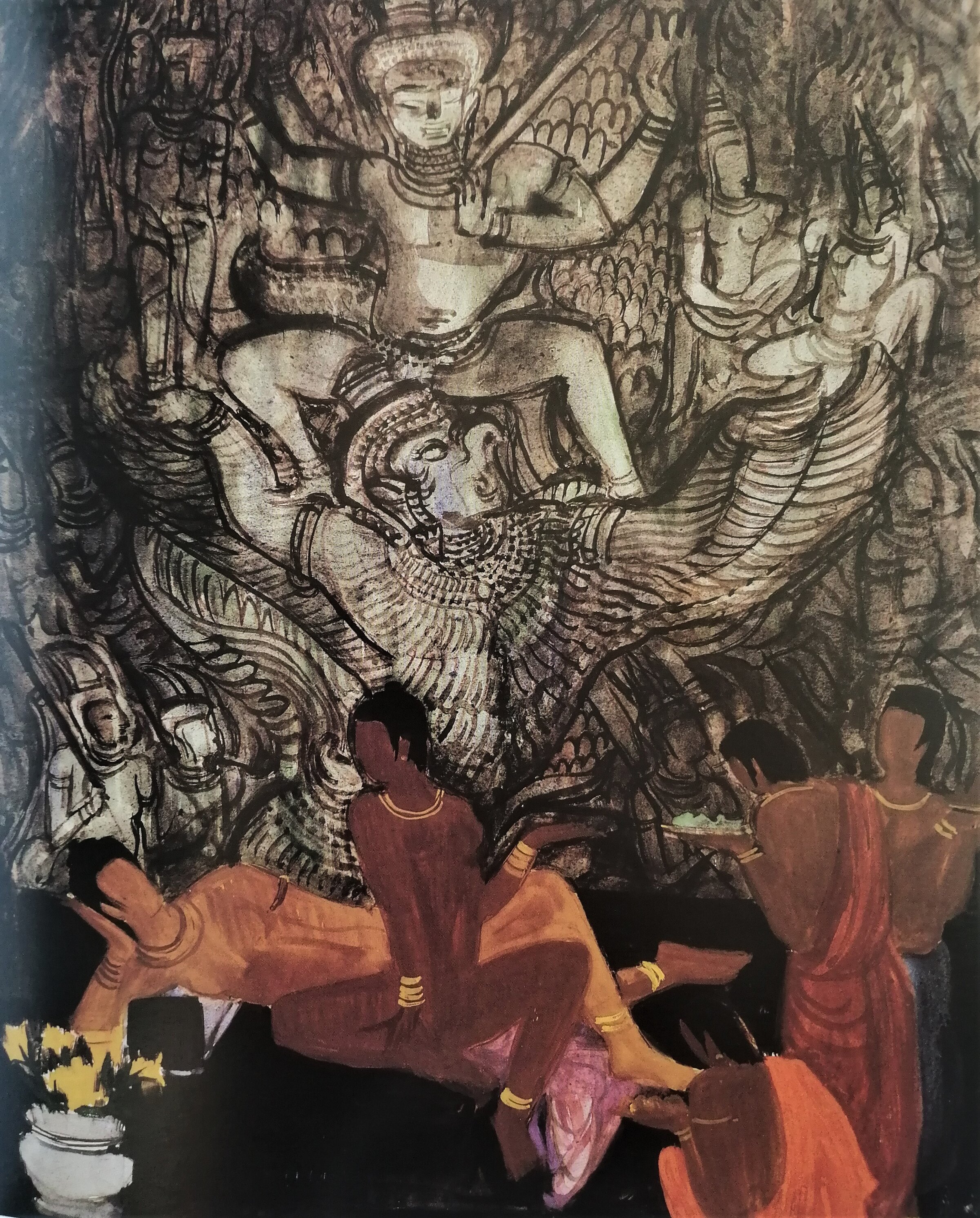André Maire, Peintre Voyageur [The Traveling Artist]
by André Maire & Collective
Paintings and sketches by a prolific artist who visited Angkor starting from 1919.
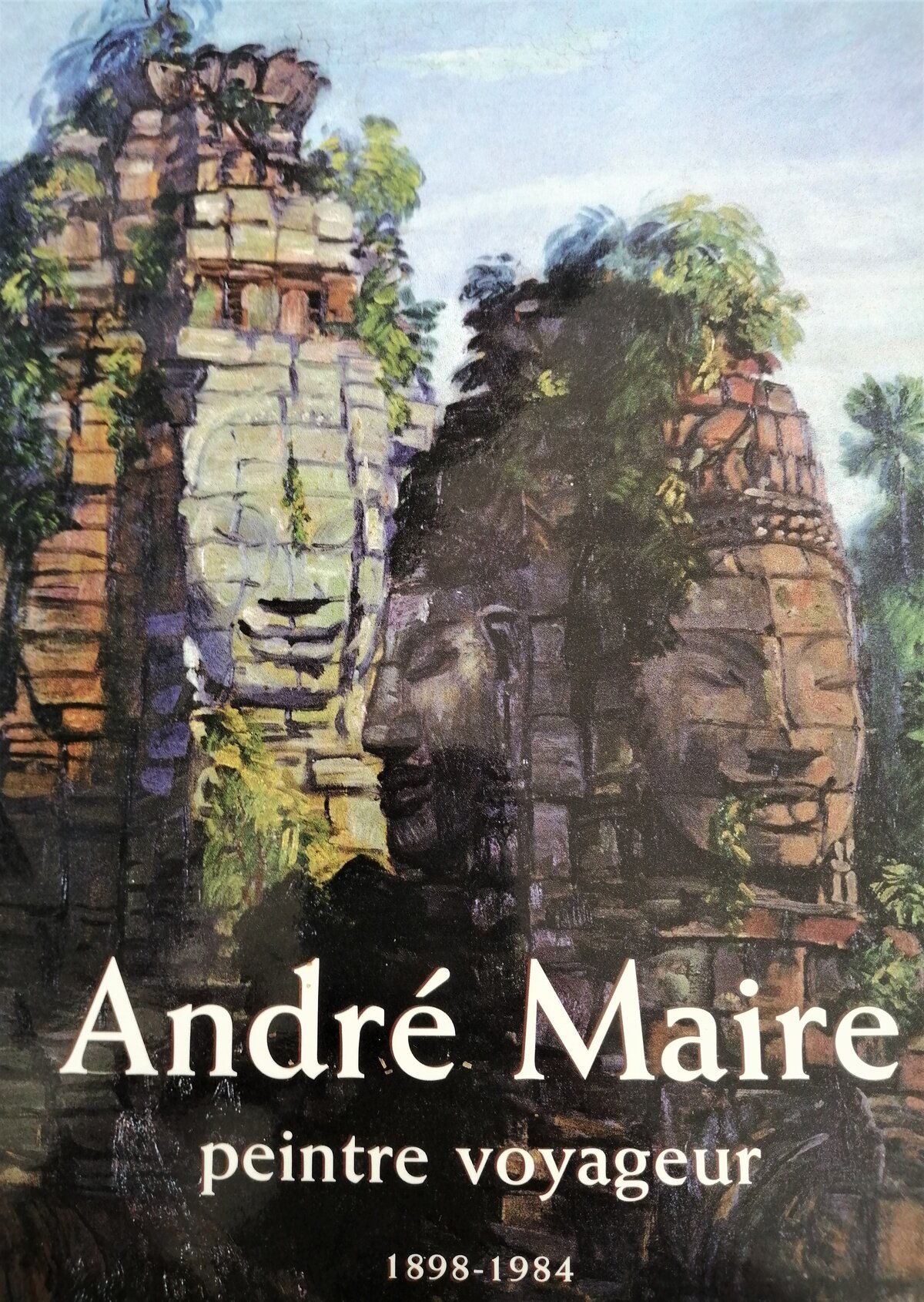
Type: hardback
Publisher: Paris, Somogy éditions d'art/ADAGP.
Edition: 2002 edition
Published: 2000
Authors: Collective & André Maire
Pages: 240
ISBN: 2-85056-598-9
Language : French
ADB Library Catalog ID: MAIR1
With his so diverse stylistic range, from early naturalism to drawings and watercolors that make him a true master in decorative arts, André Maire has explored the world in a profundly humanistic and poetic way, far from the voyeuristic excesses to which so many “Orientalist” artists have succombed.
“Transcended exoticism”: that is how art critic Corinne de Ménonville describes Maire’s approach all along, starting from his youthful enthusiasm at discovering faraway lands and vibrant cultures until the last years, while he was still busy revisiting his earlier works on Angkor with the eye of an architect, a sculptor, a chronicler of past civilizations and a man humbly in love with our planet.
Through his most accomplished paintings, André Maire also captures how harmoniously Asian people, especially in Cambodia but also in Laos and Vietnam, lived with their past, their traditions and their customs.
Lorédana Harscoét-Maire, the artist’s daughter — with Irène Bernard-Maire, they had also a son, Titien -, contributed an informed biographical profile (p 8 – 36) in which she showed that, after the “wonderement” of his first contact with Angkor in 1919 – 1921 — as a young soldier of the French colonial infantry who never used a gun but taught drawing at Lycée Chasseloup-Laubat in Saigon, high school later attended by the future King Norodom Sihanouk -, he kept the Angkorian site in his dreams, and had Cambodia at the top of his list when he headed for the East in 1937, thanks to the financial support of patron of the arts comtesse de Jumilhac [Constance Crowninshield Coolidge (4 Jan. 1892, Boston, USA — 30 April 1973, Paris), a heiress and socialite distantly related to President Calvin Coolidge and a great benefactress of international artists as an expat in Paris]. World War II forced him to shorten his travel in India (after Egypt) in 1939, and it was only in 1948 that he went back to Angkor.
That time (and for one decade), Indochina succeeded to his discovery of Africa, with a particular fascination for the “blue men”, the Touareg nomads of southern Algeria. Then, he settled in Dalat (Vietnamese highlands) and explored the Mekong banks from Laos to Phnom Penh, discovered the “mountain people” and could enrich his vision of the Khmer temples thanks to his friendship with conservateur d’Angkor Henri Marchal. Lorédana Harscoét-Maire [and Solange Thierry in her essay “André Maire et l’art khmer” (p 160 – 178)] studied how the artist combined two approaches of Angkor: a “poetic” one, with large sepia or gouache compositions using a “bolder style than in his youth”, and a “technical” rendition of Khmer statuary and architecture executed in situ or at Siem Reap Angkor Conservation and at the Phnom Penh museum. He also studied the ancient art of Champa at Hue and Saigon museums.
Later, Madagascar on the way back to France and, for the rest of his life, “a time for remembering” his many visual experiences (Spain, Italy, the West Indies in 1968…) and for painting Burgundy landscapes and the medieval villages he loved so, in particular the one where settled, Semur-en Auxois.
Sommaire/Table of Contents
- Préface: Emmanuel Breon, Conservateur en chef du musée des Années trente, Boulogne-Billancourt, p 6.
- Sa vie, son œuvre: Lorédana Harscoét-Maire, Docteur en médecine, Tonnerre, p 8.
- Peintre décorateur, témoin de son siècle: Félix Marcilhac Expert près la cour d’appel de Paris, p 36.
- Du Dessin à la peinture décorative: Philippe Chabert Conservateur en chef et directeur du musée d’Art moderne de Troyes, p 66.
- L’Égypte: Lorédana Harscoët-Maire, p 78.
- L’Inde antique des temples: Louis Mézin Conservateur en chef du musée de la Compagnie des Indes, Lorient, p 96.
- L’Afrique noire: Lynne Thornton, Historienne de l’art, Paris, p 112.
- André Maire ou l’exotisme sublimé: Corinne de Ménonville Sinologue, expert en art d’Extrême-Orient, Paris, p 126.
- André Maire et l’art khmer: Solange Thierry, Professeur honoraire à l’Ecole pratique des hautes études, Paris, p 160.
- Madagascar: Lynne Thornton, p 178.
- André Maire peintre occidental: Matthieu Pinette Conservateur en chef et directeur du musée de Picardie, Amiens, p 194.
- Quelques propos sur le dessinateur: Lorédana Harscoët-Maire, 214.
- Conclusion: Titien Maire, Avocat honoraire, Paris, p 238.
- Bibliographie, expositions: p 240.
Contributors: Emmanuel Bréon, Lorédana Hascoët-Marie, Félix Marcilhac, Philippe Chabert, Louis Mézin, Lynne Thornton, Corinne de Ménonville, Solange Thierry, Matthieu Pinette, Titien Maire.
Tags: paintings, architecture, sculpture, Cambodian daily life, Bayon, French artists, 1910s, 1920s, 1940s, 1950s
About the Artist
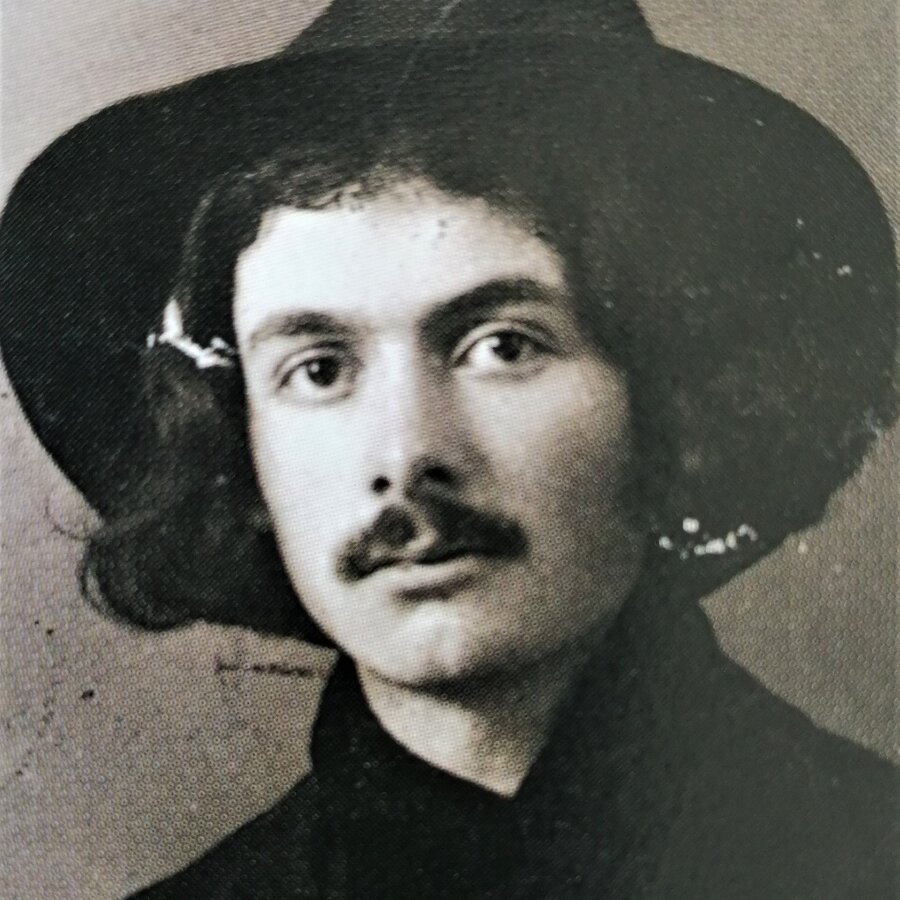
André Maire
French artist André Maire (28 Sept. 1898, Paris — 4 Oct. 1984, Paris) has extensively sketched and painted Angkor with both artistic and architectural perspectives.
After studying painting under the guidance of his mentor Émile Bernard [1] — renowned artist whose daughter, Irène, he married in Venice in 1922 –, the “traveling artist” discovered South East India while serving as a private in French colonial infantry. He started painting Angkorian ruins and scenes of Cambodian life in 1919, and this first exposure to the Khmer ancient civilization inspired his work until his death in 1984.
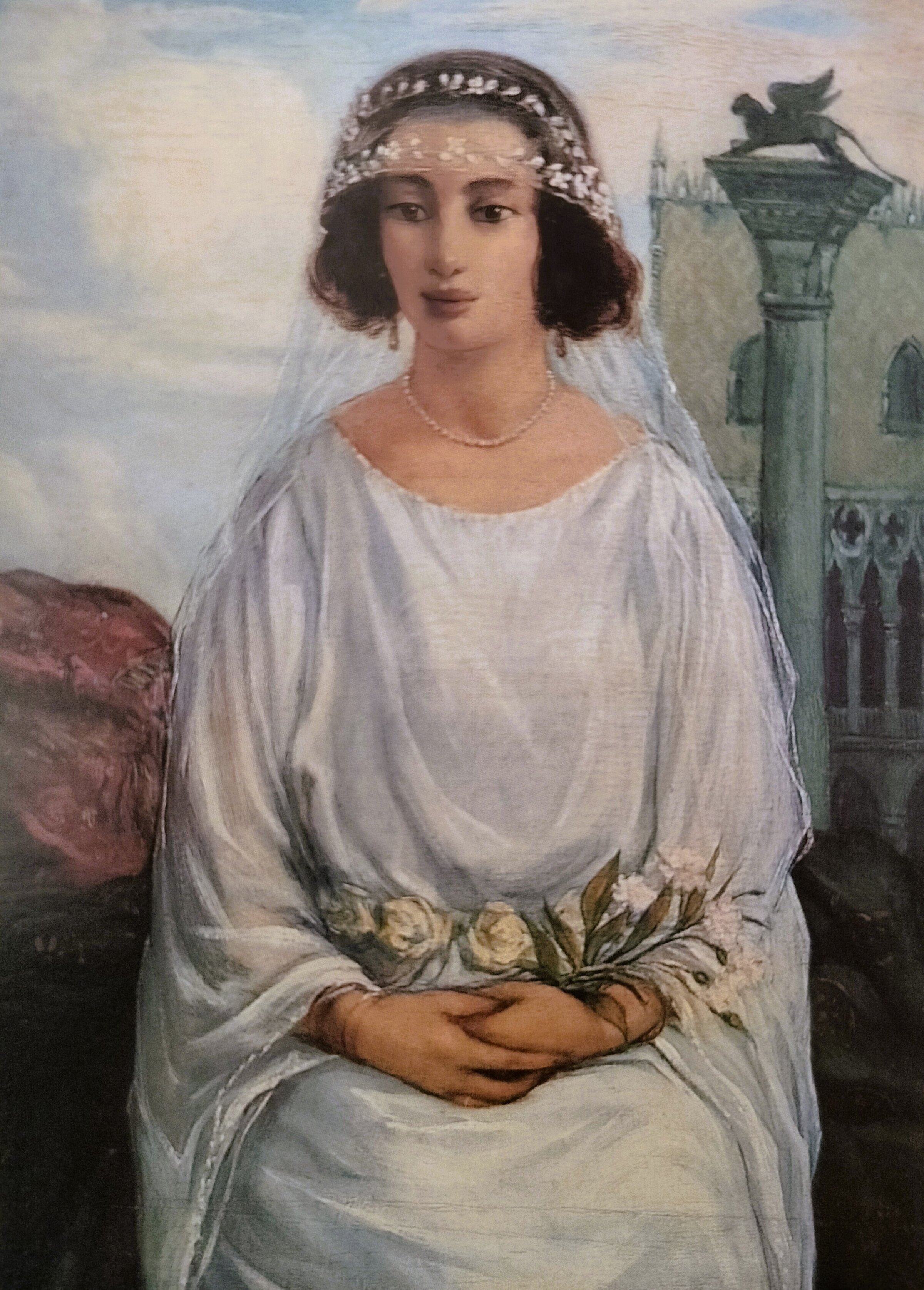
Irène Bernard as a bride and Autoportrait, both paintings from 1922 [from André Maire, peintre-voyageur]
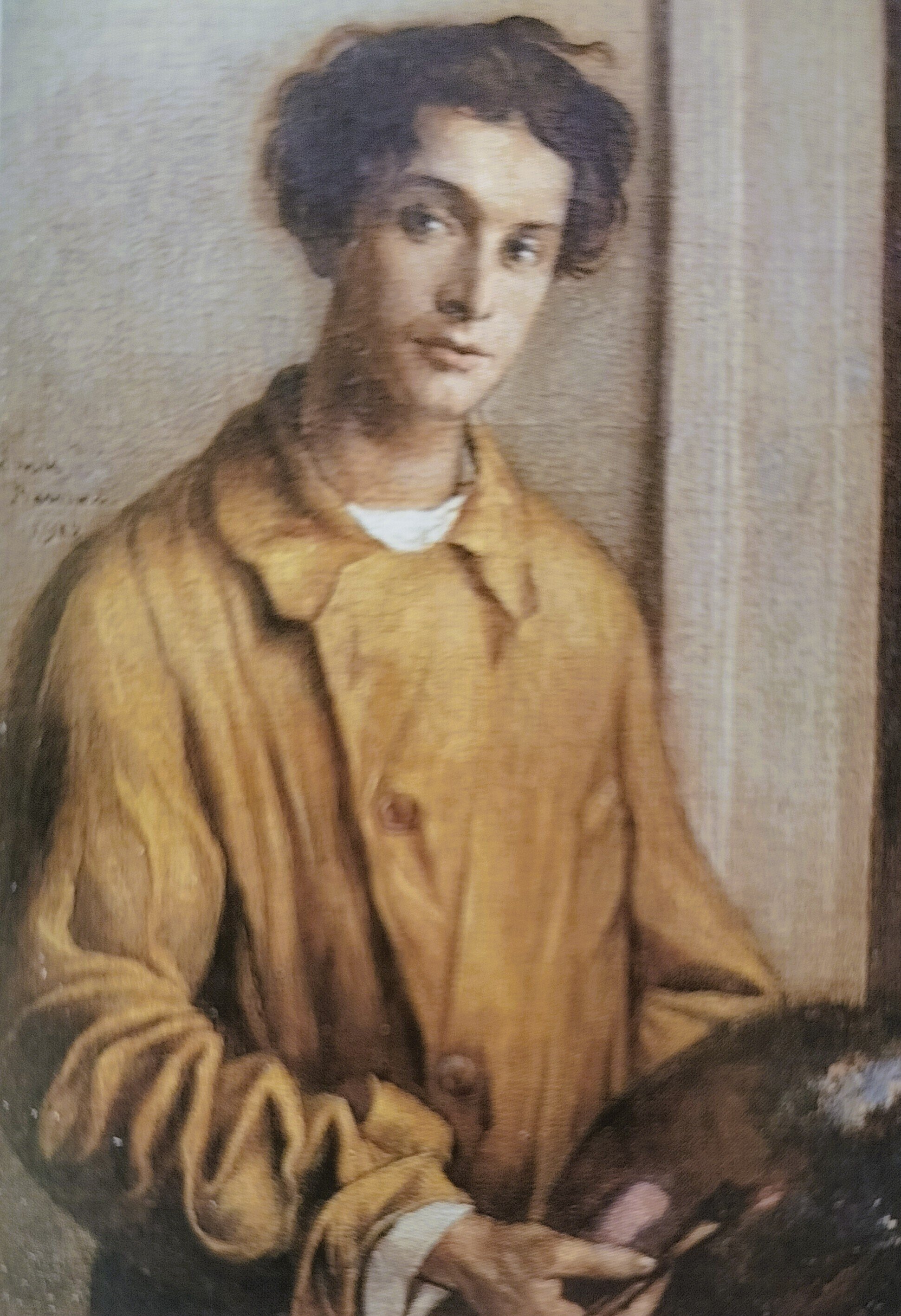
Irène Bernard as a bride and Autoportrait, both paintings from 1922 [from André Maire, peintre-voyageur]
Irène Bernard as a bride and Autoportrait, both paintings from 1922 [from André Maire, peintre-voyageur]
An avid traveler, he painted in Spain — where he was in artist’s residence at the Casa Velasquez during two years –, Egypt, India, Africa, and later Madagascar. His travel to Egypt was facilitated by the family of Irene’s mother’s, Annette Saati, who grew up in Alexandria.
Maire went back to South East Asia in 1948, residing in Saigon and Dalat while exploring the Mekong Basin from Laos to Vietnam to Cambodia’s Northeast, and Angkor again. In total, Maire spent 13 years around what was then called Indochina.
André Maire’s body of work dedicated to Angkor, and his art in general, does not really fit in the category of “Orientalist painting”. He immersed himself in ancient cultures and architectural treasures, seeking the expertise of researchers, especially Henri Marchal, first “Conservateur” of the Angkorian site. His artistic contribution to a better understanding of Angkor was acknowledged by the EFEO in the 1970s.
Bibliography
- most of Maire’s drawings and paintings have been published in L’Illustration (Paris) through the years.
- Bulletin de l’art, 1926, p. 94.
- Bulletin de l’art, 1929, p. 159.
- Lorédana Harscoét-Maire, André Maire, 1898 – 1984, catalogue de vente, Paris, Nouveau Drouot, 1986.
- Pierre Piscivin, «La Séduction exotique », a b c décor, nº 253, 1987.
- Roger Bouillot, L’Œil, 1988.
- Cécile Ritzenthaler, Les Animaliers, Ed. Van Widler, 1989.
- Philippe Chabert, Les Voyages du peintre voyageur, catalogue de l’exposition au musée d’Art moderne, Troyes, 1993.
- Christian Germak, “André Maire ou le rêve des mille et une nuits d’un peintre poète”, Arts, 1993.
- Hommage à Jean Zay, musée d’Orléans, 1995.
- Les Voyages, galerie Heim, 1996.
- Philippe Heim, L’Âme du Viêt-nam, 1996.
- Nadine André-Fallois, L’Indochine : un lieu d’échange culturel? Les peintres français et indochinois (fin XIXe-XXe siècle), Paris, Monographies/PEFEO n 1984, 1997.
- J.-M. Beurdeley & Lorédana Harscoét-Maire, Hommage à André Maire, catalogue de l’exposition, galerie Beurdeley, 1997.
- M. Vuilbert & Lorédana Harscoét-Maire, Hommage de la ville de Dinan à Auguste Pavie et à André Maire, 1997.
- M. Durand & Lorédana Harscoét-Maire, Catalogue de l’exposition André Maire, musée d’Auxerre, 1998.
- Corinne de Ménonville, L’Aventure de l’art moderne au Việt-nam, Pavillon des arts, 1998.
- Les Peintres voyageurs en Indochine 1920 – 1945, Cahiers de l’abbaye Sainte-Croix, 1998.
- Solange Thierry, Michèle Lefrançois, Félix Marcilhac, Michèle Durand, Angkor: Le Cambodge d’André Maire, Paris, Somogy, 2005.
Exhibitions
- 1916. Galerie Colette Weil Paris.
- 1922. Exposition coloniale, Marseille.
- 1922. Galerie Geri Bora Levi, Venise
- 1924. Galerie Devambez, Paris.
- 1925. Galerie Devambez, Paris.
- 1925. Pavillon de Marsan, Paris.
- 1926 – 1937. Yearly exhibitions of latest works at Galerie Charpentier, Paris.
- 1930. Galerie Isy-Brachot, Bruxelles.
- 1934. Galerie Aktuarius, Strasbourg.
- 1934. Galerie Georges-Petit, Paris.
- 1945. Galerie Royale, Paris.
- 1947. Galerie Royale, Paris.
- 1948. Agence des colonies.
- 1953 and 1957. Alliance française, Saigon.
- 1958. Galerie Jobbe-Duval, Rennes.
- 1958. Galerie Vauban, Dijon.
- 1959. Galerie Sources, Aix-en-Provence.
- 1961. Galerie Bellecour, Lyon.
- 1984. Galerie Jean-Chalon, Paris.
- 1985. Galerie Jean-Chalon, Paris.
- 1987. Galerie Minet, Paris.
- 1989. Galerie Bailly, Paris.
- 1989. Galerie Heim, Paris.
- 1993. Musée d’Art moderne, Troyes.
- 1997. Galerie Beurdeley, Paris
- 1997. Galerie Heim, Paris
- 1997. Bibliothèque de Dinan.
- 1998. Mairie de Paris.
- 1998. Musée de l’abbaye Sainte-Croix, Les Sables d’Olonne.
- 1998. Musée d’Auxerre.
- 1998. Musée de Semur en Auxois.
- 2021. Musée Cernuschi, Paris: André Maire, retour en Indochine (1948−1958).
[1] French symbolist painter and writer Émile Bernard (1868−1941) frequently corresponded with such important artists and authors as Vincent van Gogh, Paul Gauguin, Odilon Redon, Paul Cézanne, Léon Bloy, Guillaume Apollinaire, Joris-Karl Huysmans…
About the Contributors
